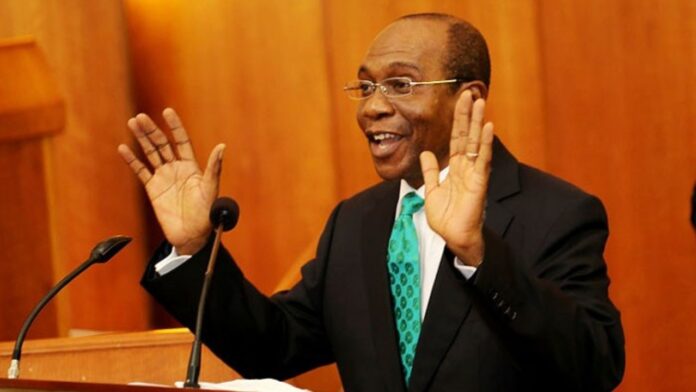Two financial experts, Dr Samuel Nzekwe and Dr Titus Okurounmu, have commended the Federal Government for reducing the benchmark lending rate from 14 per cent to 13.5 per cent.
The Governor of Central Bank of Nigeria (CBN), Mr Godwin Emefiele, had on Tuesday unveiled that Monetary Policy Committee (MPC) took the decision at its 266th meeting.
Also, the Cash Reserve Ratio (CRR) was retained at 22.5 per cent and Liquidity Ratio (LR) at 30 per cent.
This is the first time the lending rate has been altered since July 2016.
The financial experts said the action would enable more investors, particularly the Small and Medium Enterprises (SMES) to access loans from banks.
Dr Samuel Nzekwe, a former President, Association of National Accountants of Nigeria (ANAN), said the reduction of the lending rate was the right step in the right direction.
Nzekwe said that the high interest rate had hindered the Medium and Small Enterprises from accessing loans from the banks.
“The cutting down of lending rate will make more investors, particularly firms, and companies to access loans in the banks,’’ he said.
The former ANAN president said that there was the need for CBN to also reduce the Cash Reserve Ratio (CRR) so that banks could have more funds to lend to investors.
“CBN should look holistically at other monetary instruments like CRR and Liquidity Ratio (LR) to make additional funds available to the people,’’ he said.
Nzekwe further said that not changing CRR and LR would create inflation in the short-run but this would automatically disappear in the long-run.
Also, Dr Titus Okurounmu, a former Director, Budgetary Department, CBN, said that the MPC’s decision to cut down the lending rate was a welcome development.
“The reduction in the lending rate will encourage more investments in the country,’’ Okurounmu said.
He, however called on the apex bank to harmonise the fiscal and monetary policies “if the regulator wants the lending rate to further come down’’.
The former CBN director said that cutting the lending rate would enable commercial banks to bring down their interest rate, thus, making more people to have access to loans.




